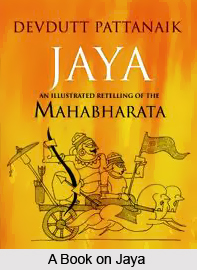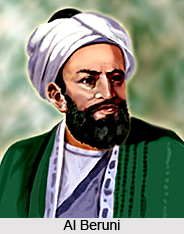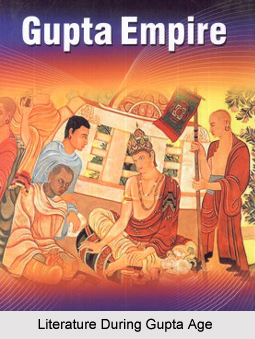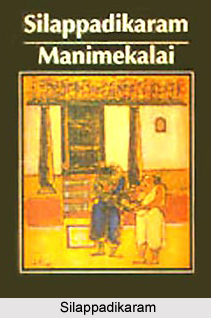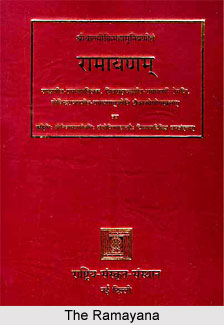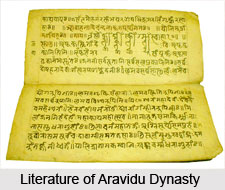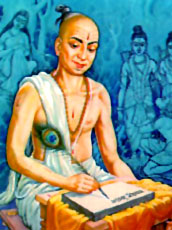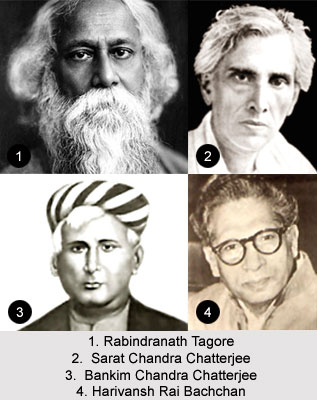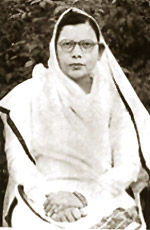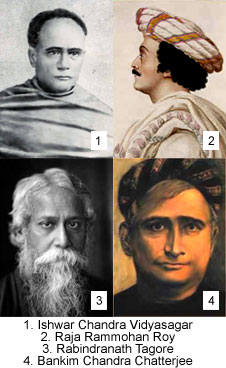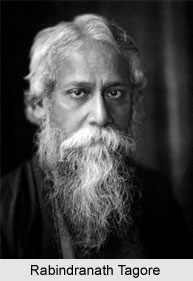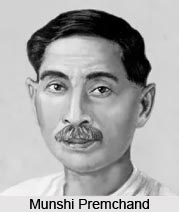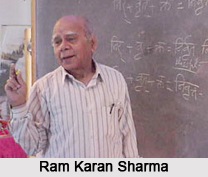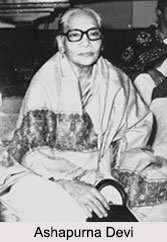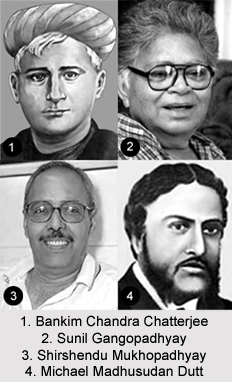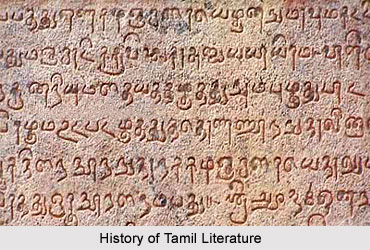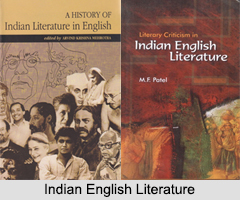Chapter 3 of the Mahanirvana Tantra contains Lord Shiva`s exposition on the practices and rituals of Brahman worship in the Tantra tradition. In response to Parvati`s request to instruct her and humanity as a whole on these services, Shiva lays out several important Mantras, and their proper use, and also discourses on the proper salutation towards a Guru versed in Brahman worship.
Drawing a distinction between those who would know Brahman through external and internal signs, Shiva informs that the Sadhana mentioned in the discourse are for those who attain Brahman by external observances.
Mantroddhara of Supreme Brahman
The first mantra Shiva recites is the Mantrodhara: AUM Sachidekam Brahma.
Shiva explains that A indicates the Protector (Vishnu), U the Destroyer (Shiva) and M the Creator (Brahma). Sat means Ever-existent, Chit means intelligence, ekam means one without a second, and Brahma is the Parabrahman, indicating that the Brahman is ever existent, intelligent and is Unity. This is a very powerful mantra, since Shiva indicates that no considerations apply in its use, one need not worry about astronomical arrangements, nor does one need to be initiated into it according to ritual. He who receives the mantra from a Guru well versed in Brahman worship will attain Dharma, Artha, Karma and Moksha, or the Chaturvarga.
Kavacha Mantra and Brahma Stotra
Then follow a Dhyana regarding the Mantra and other propitiatory rites, including a Mantra (Kavacha Mantra) and a Hymn (Brahma Stotra) by which offerings to the Brahman may be purified.
Again, the mantras surrounding the ritual purification may be performed anywhere, without any conditional observances. Indeed, Lord Shiva asserts that only a pure heart is necessary for the performance of this Yagna, and food offered to Brahman in this fashion will remain always pure.
After the offering of food is made with due japa and observances, the Brahma Stotra and Kavacha mantra should be uttered. The stotra is said to make he who recites it one with Brahman, and the Kavacha mantra, whose reading and wearing the devotee becomes a `knower of Brahman`
The kavacha mantra should be followed by another salutary hymn to the supreme Brahman, after which the devotee may partake of the consecrated food with kinsmen and those close to him. Again, Shiva stresses that apart from a pure and sincere spirit, no restrictions apply in these rituals and they may be performed at all times so long as the Sadhaka`s intentions are pure.
Sandhya and Brahma Gayatri
Shiva then speaks of the Sandhya rituals related to the Brahma mantra and recites a specific form of the Gayatri mantra, which the Sadhaka must utter whilst meditating on the Brahman morning, noon and evening. The mantra must be uttered in a japa of 108 times and is as follows.
`Parameshvaraye vidmahe paratattvaya dhimahi tanno Brahma prachodayat` translated to `May we know the Supreme Lord; let us contemplate the Supreme Essence, and may that Brahman direct us`
This Brahma-Gayatri also confers the Chaturvarga on the devotee (Dharma, Artha, Kama, and Moksha)
Guru Supplication in Brahman worship
Shiva then reasons that a Guru is the only requirement in Brahaman worship, since none of the restrictions and conditions of other rituals apply. Follows an initiatory ritual between a Guru and disciple, where the disciple first begs the guru for protection, whereupon the Guru chants the Brahma-mantra in the disciple`s ear, initiating him into its diligent use.
Shiva then tells Parvati that he became supreme amongst the gods, conquered death and became the world`s foremost Guru by the Brahma mantra`s grace, indicating further its extraordinary potency. Then follow more eulogizing on the mantra, whereupon Shiva`s address ends.
